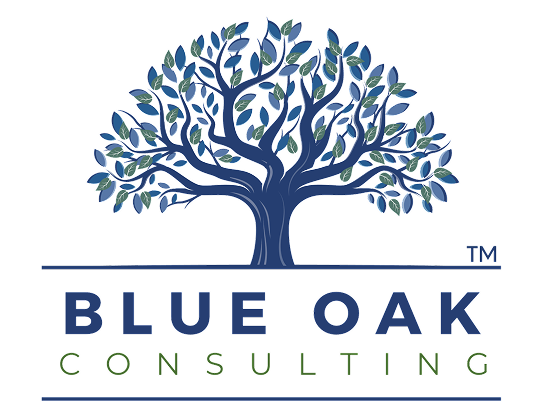Why managing your cash—not just your revenue—is what really matters.
Here’s something every small business owner needs to hear:
You can be profitable and still go broke.
Yep. You can land a big contract, close your best month ever—and still not make payroll next Friday.
Why? Because cash flow and profit are not the same thing.
If you’re not actively managing your cash, you’re leaving your business vulnerable.
Let’s break it down in plain English—and talk about what to do about it.
Cash Flow vs. Profit: What’s the Difference?
- Profit = what’s left after expenses
- Cash Flow = the actual movement of money in and out of your bank account
You can show a profit on your income statement but still be low on cash if:
- Customers haven’t paid you yet
- You’re carrying too much inventory
- You made big purchases upfront
- You’re growing fast but haven’t collected on new work
Cash is the oxygen of your business. Lose track of it, and even strong companies suffocate.
Why Cash Flow Problems Sneak Up on Small Businesses
Most owners don’t ignore cash flow—they just assume it’s fine if sales are good.
But here’s where it gets tricky:
- Growth eats cash
- Inventory ties up cash
- Payment terms delay cash
- Equipment and expansion require cash
It’s not about how much you made. It’s about how much you have access to—and when.
In fact, Xero’s cash flow guide for small businesses emphasizes that even profitable companies can collapse due to poor cash flow management. The guide highlights how actively tracking inflows and outflows, projecting future cash needs, and responding quickly to shortfalls are essential practices for small business survival—especially in uncertain markets.
5 Moves to Take Control of Cash Flow
1. Know Your Cash Conversion Cycle
How long does it take to turn an order into actual, available cash?
Break it into:
- Days to make and deliver the product
- Days until the customer pays
- Days you wait before paying your vendors
The shorter the cycle, the stronger your cash position.
2. Incentivize Faster Customer Payments
Waiting 60+ days for a check? That’s a growth killer.
Try:
- Offering early payment discounts
- Tightening payment terms
- Adding late fees (and enforcing them)
- Following up early—not after the due date
3. Time Your Outflows Strategically
Don’t pay vendors early unless there’s a benefit.
✔ Use full terms
✔ Stagger payments
✔ Align major outflows with cash inflows when possible
Simple shifts in timing can ease cash crunches.
4. Watch Inventory and WIP Like a Hawk
Every unsold item is cash you can’t use.
- Track inventory turnover
- Avoid over-ordering
- Review slow-moving SKUs regularly
- Optimize production batch sizes
Cash sitting on shelves doesn’t help you make payroll.
5. Forecast Weekly, Not Just Monthly
Cash flow issues often come down to timing—not totals.
That’s why a 13-week rolling cash forecast is one of the best tools you can implement.
✔ It helps you anticipate dips
✔ Plan for major expenses
✔ Make confident decisions faster
Revenue Feels Good—Cash Keeps You Alive
If you’re only looking at your P&L, you’re seeing half the picture.
Managing cash well means:
- Fewer sleepless nights
- Smarter growth decisions
- More room to breathe—and invest
And the best part?
You don’t have to be a finance expert to take control. You just have to stop winging it.
Learn more at blueoakconsulting.net





